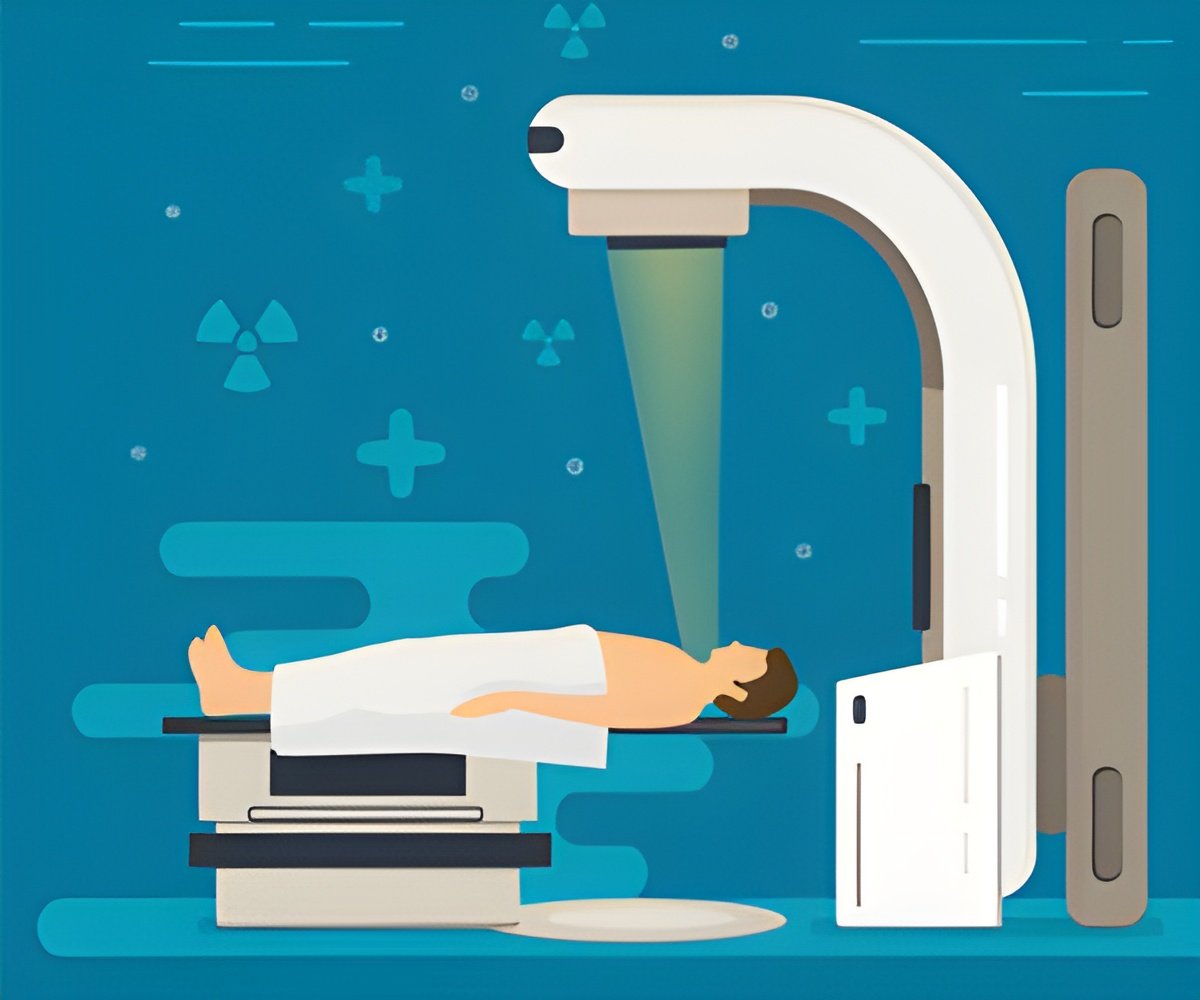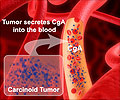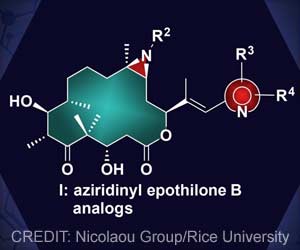
‘A personalized peptide-receptor radionuclide therapy (PRRT) can improve radiation delivery for neuroendocrine tumor treatment.’
Tweet it Now
PRRT has become a treatment of choice for relatively rare and easy-to-overlook neuroendocrine tumors (NETs). The targeted treatment is designed to home in on and attach to peptide-receptor positive tumors, while sparing tissues that might otherwise be damaged by systemic treatments. However, researchers are still perfecting the practice."So far, the majority of PRRT treatments have been administered one-size-fits-all, meaning every patient receives about the same amount of radioactivity," said Jean-Mathieu Beauregard, MD, assistant professor in the Department of Radiology and Nuclear Medicine at Université Laval in Quebec City, Quebec, Canada. "This results in highly variable absorbed radiation doses to organs and tumors. Many patients may not draw the maximum benefits from PRRT because they end up receiving a lesser dose than their body can realistically tolerate."
For this study, researchers used a PRRT called lutetium-177 (177Lu)-octreotate, which mimics the somatostatin growth-inhibiting hormone. Ordinarily, patients receive a fixed amount of radioactivity, such as 200 millicuries, in several sequential cycles.
This marks the first time that 177Lu-octreotate PRRT has been matched to the patient's individual tolerance based on finely tuned SPECT dosimetry that evaluates how much radiation is building up in key organs like the kidneys.
A total of 27 neuroendocrine cancer patients underwent 55 personalized 177Lu-octreotate cycles from April to December 2016, followed by quantitative SPECT dosimetry. Radiation dose was quantified for the kidneys to optimize the administered amount of radioactivity, while remaining safe and well tolerated by patients.
Advertisement
Additional research is planned for the coming months to determine how personalized PRRT results in improved therapeutic benefits, such as reduced tumor progression and longer survival.
Advertisement
Source-Eurekalert













